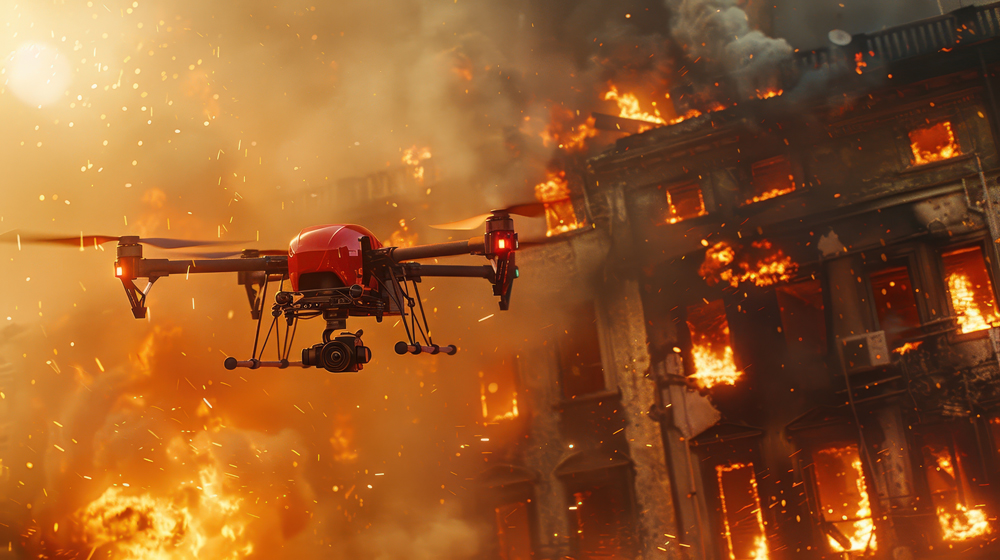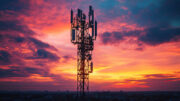
Revolutionizing Fire Communication: FirstNet’s Technological Advancements
Saving lives from fires isn’t just about hoses and ladders. To do their jobs right, firefighters need access to the latest communication technology. This is where FirstNet, the U.S. wireless broadband network dedicated to first responder use, comes into the picture. FirstNet is at the forefront of new firefighting technology, the details of which are spelled out below.
The Need for Enhanced Fire Communication
When firefighters are in the thick of the flames, having access to mission-critical wireless communications is vital. According to Tracy McElvaney, Vice President of Emergent, a fire & EMS software provider specializing in telematics and cross-agency solutions for public safety, ‘It starts with having reliable, consistent voice communications between firefighters, their commanders, and Dispatch. You also need enhanced fire communications to support data, voice, and sensors monitoring firefighters’ locations and equipment status in real-time, and any other transmissions that keep them safe and their commanders well informed.”
Emerging Technologies Enhancing Fire Communication
When it comes to firefighter tech, FirstNet provides the wireless broadband network to support transmission by cutting-edge technologies, as listed below.
“FirstNet has set the bar for revolutionizing fire communications.”
Mission-Critical Push-to-Talk (MCPTT)
FirstNet’s Mission-Critical Push-to-Talk (MCPTT) service offers the one-button convenience of a handheld land mobile radio (LMR) on a modern smartphone. It starts with nationwide MCPTT access to other FirstNet users, then goes beyond that to include the sharing of maps, files, photos, video, and users’ physical locations.
This FirstNet service is particularly effective in challenging environments. “You don’t always have a nice, quiet background or a good, strong signal when you’re in the middle of a disaster scene,” McElvaney said.
LMR to Smartphones Integration
There are still situations where firefighters choose to use land mobile radios. To ensure that these LMRs can communicate with smartphone users (and vice versa), FirstNet supports seamless integration between the two technologies. “Everyone can talk to everyone else, no matter what kind of device they are using,” said McElvaney.
Mobile Apps, Smartphones, and Tablets
Today’s fire departments are relying on mobile apps, smartphones, and tablets to help them do their jobs safer and more effectively. FirstNet offers a range of solutions to support all three.
“The ability to process complex information on smartphones and tablets is really accelerating, allowing firefighters to use this fire technology to solve specific problems,” McElvaney said. “Again, this is another area where FirstNet is really coming through for first responders.”
Wearables and Connected PPE
It’s not just firefighter smartphones, LMRs, and tablets that are being supported by FirstNet. This dedicated public safety network is also ensuring reliable wireless connections for firefighters’ smartwatches, fitness trackers, body-worn cameras, biosensor patches and vests, and more.
Drones for Situational Awareness and More
Drones are quickly becoming vital situational awareness tools for firefighters, and FirstNet is now carrying their video and voice transmissions from drone operators back to Dispatch for sharing with all officers. But that’s not all: FirstNet also facilitates advanced applications like Archer First Response Systems (AFRS), which uses drones to deliver emergency medical payloads, relying on FirstNet as its communication backbone to achieve delivery within a 35-square-mile coverage area in under 5 minutes.
AI and Predictive Tools for Incident Management
With its ability to sort massive amounts of data quickly and draw actionable conclusions from them, AI is proving to be extremely useful for fire incident management, along with other predictive software tools. “AI’s ability to translate audio into text is starting to help dispatchers respond to calls more effectively,” said McElvaney. “AI is also able to sort through large volumes of data sent in by firefighters from their FirstNet-connected devices, and to speed up the delivery of situational awareness information to them.
FirstNet’s Role in the Fire Tech Modernization
All of the fire technology advances above are built upon the existence of FirstNet. “If it wasn’t for FirstNet, the necessary mission-critical standards to enable these advances probably wouldn’t have occurred,” McElvaney said. “FirstNet has set the bar for revolutionizing fire communications. FirstNet effectively has made every broadband network in the country better just because it exists. And they’re always going to be that key driver of innovation — which is why it’s really important they stay around.”




Be the first to comment on "New Technology and Advancements in Fire Communication"